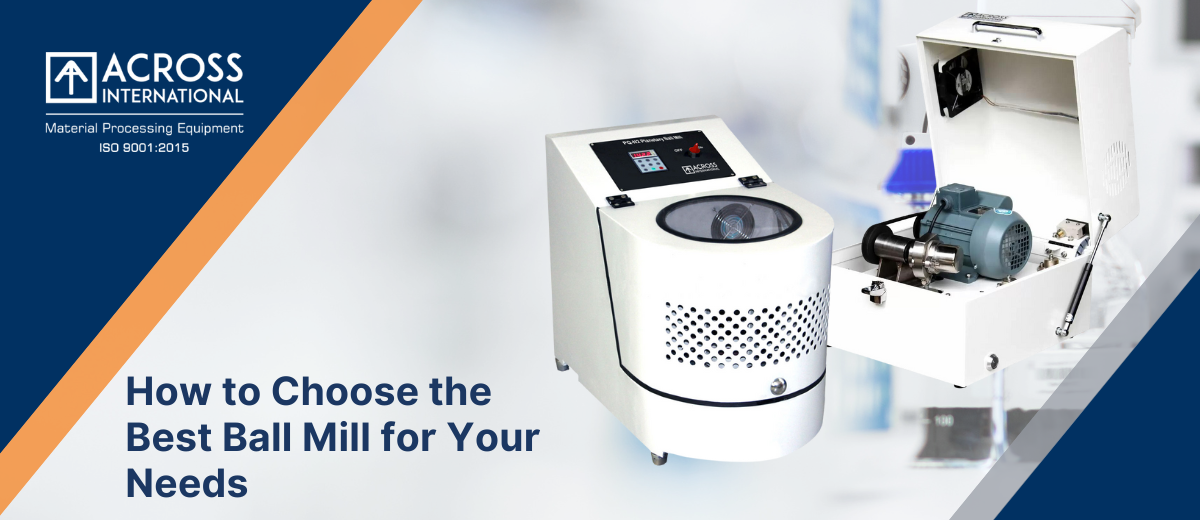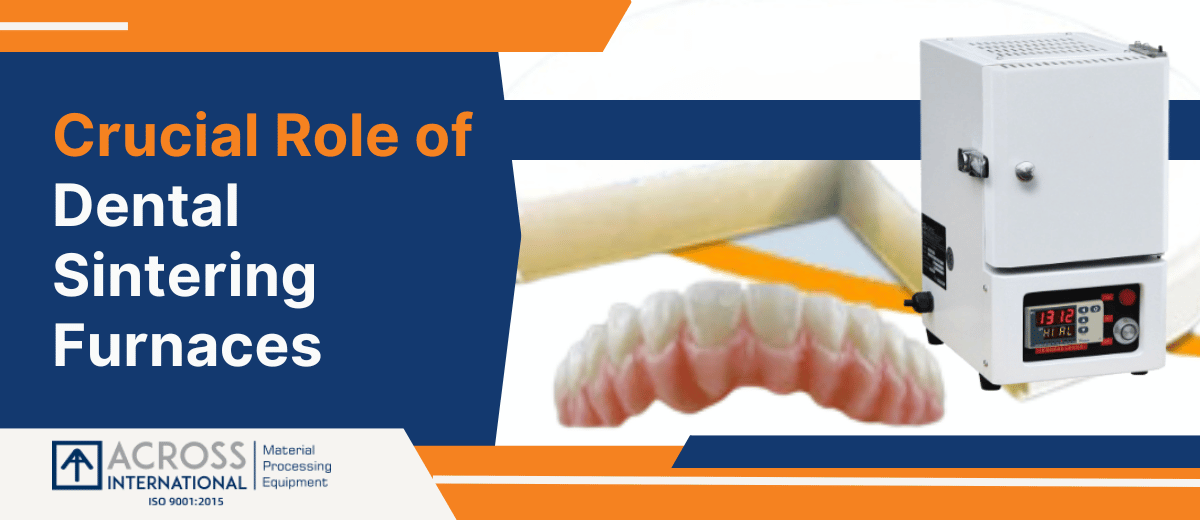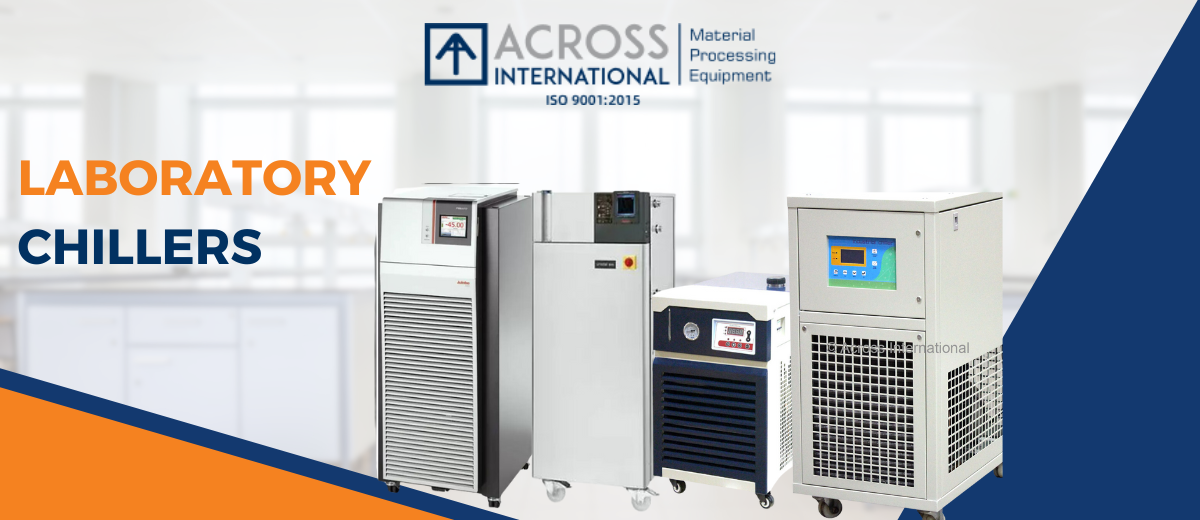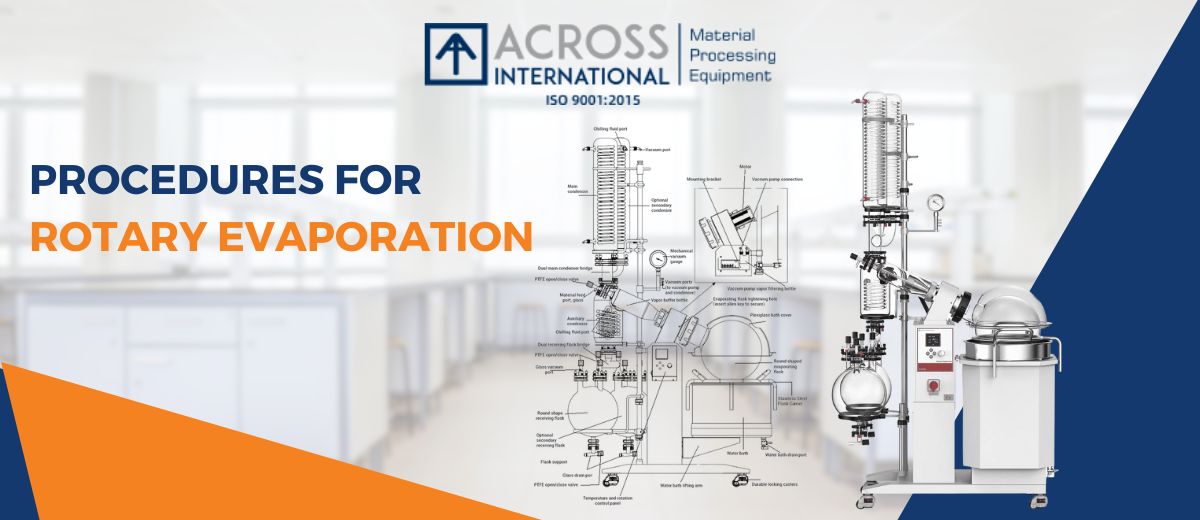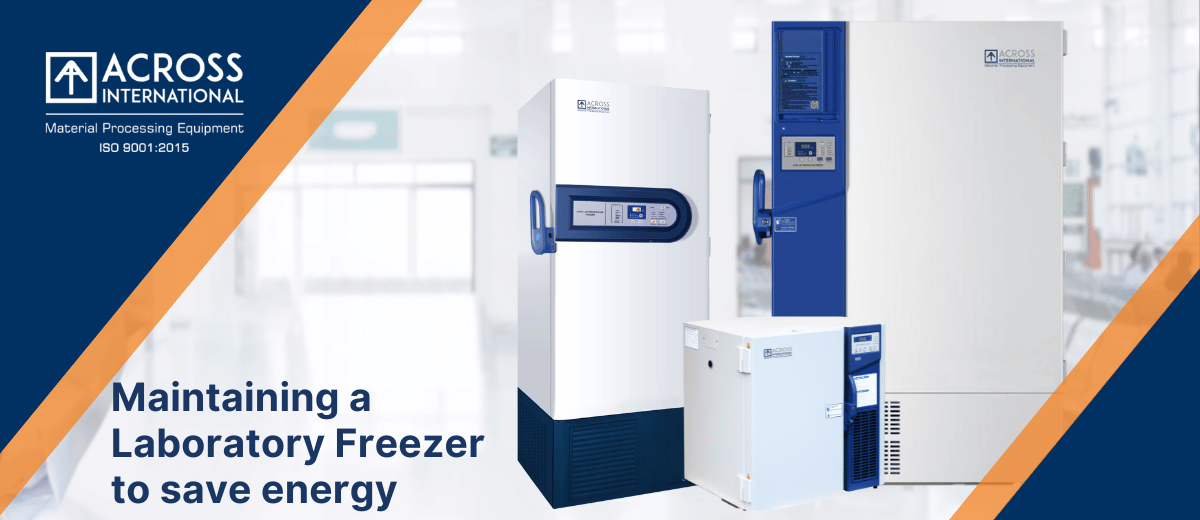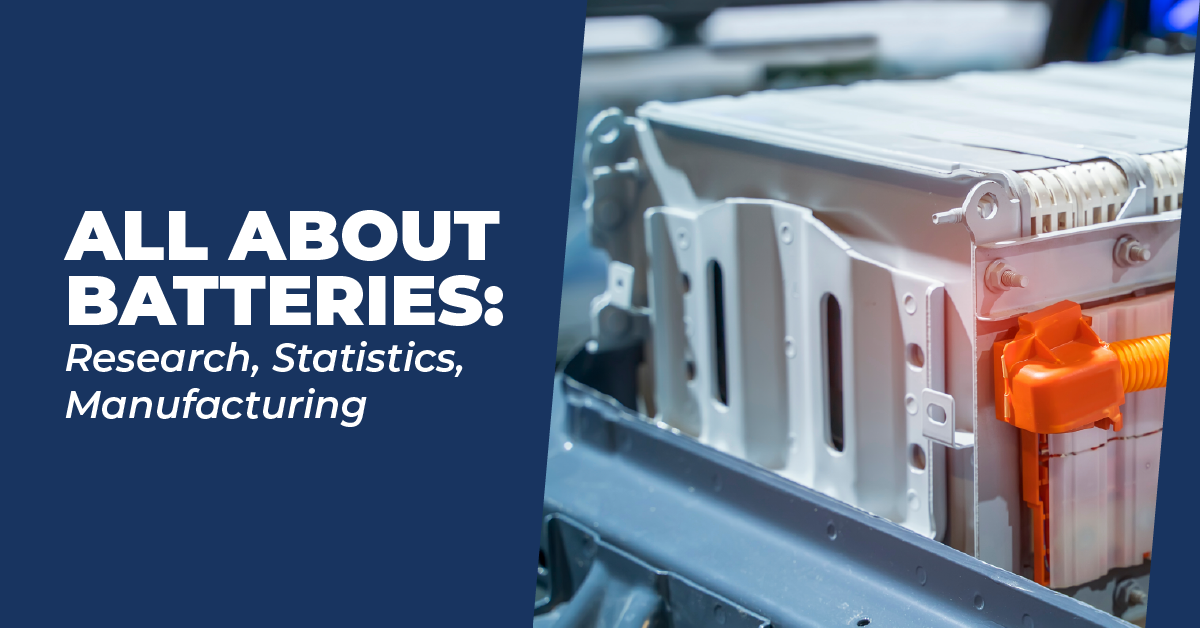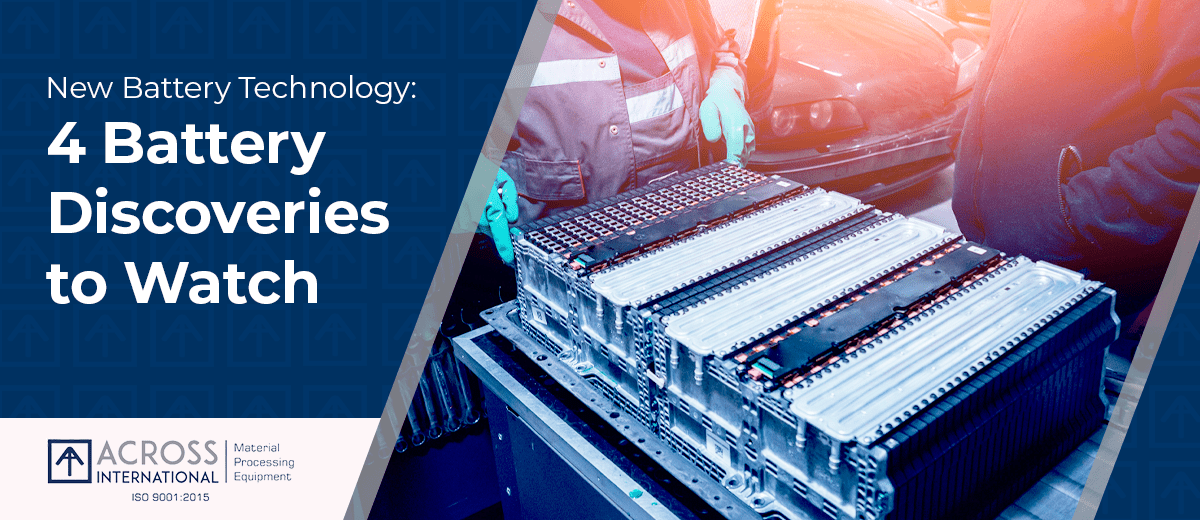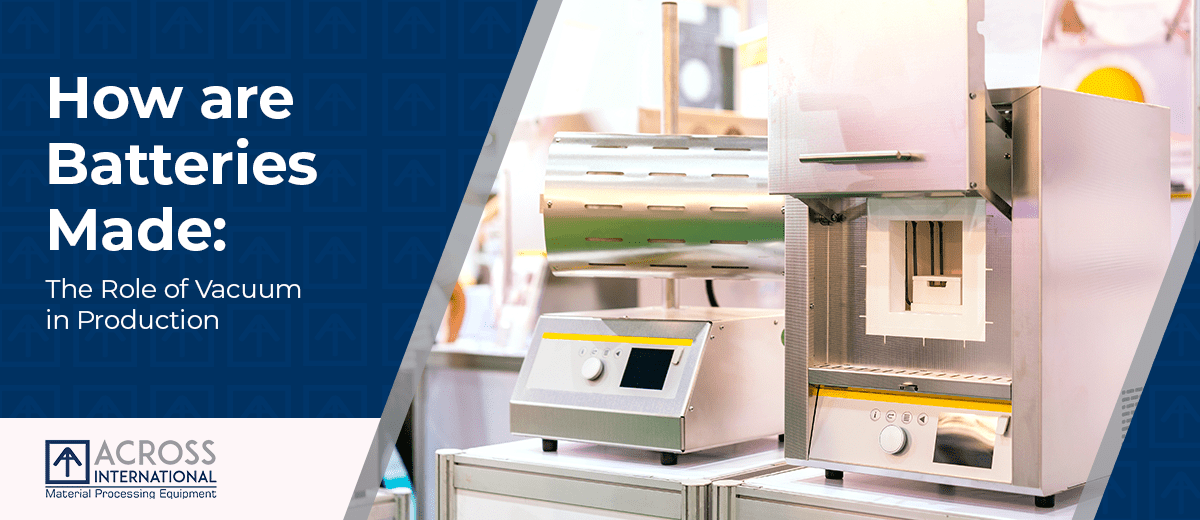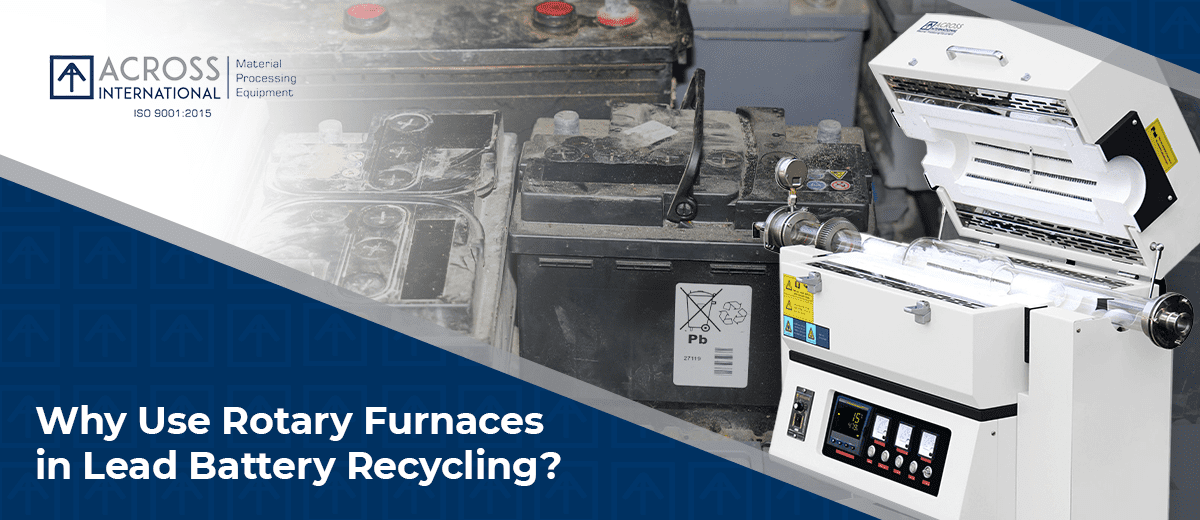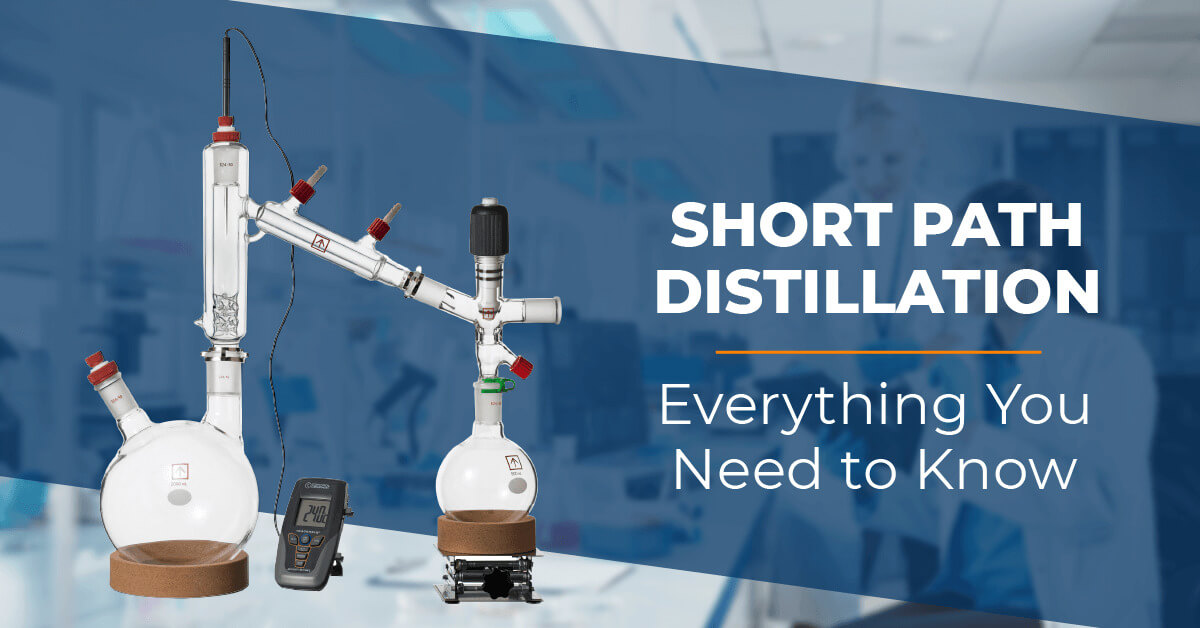We use cookies to make your experience better. To comply with the new e-Privacy directive, we need to ask for your consent to set the cookies. Learn more.
Chemical Vapor Deposition (CVD) Diamond
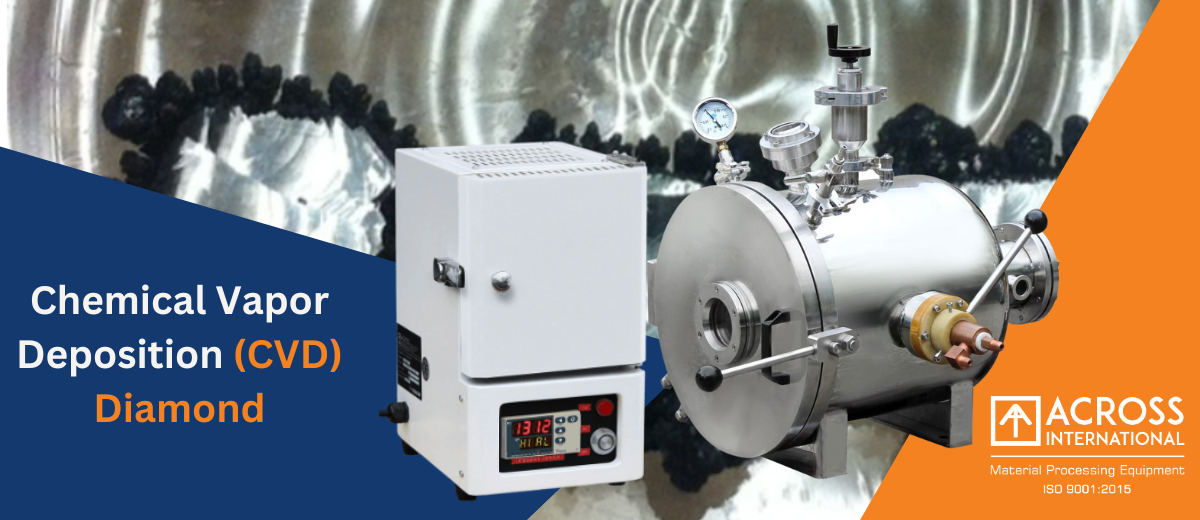
The Future of CVD Diamonds
The CVD diamond market is rapidly growing, driven by increasing consumer awareness of its ethical and environmental benefits, competitive pricing, and customization options. As technology advances and production costs decrease, CVD diamonds are poised to become an even more attractive alternative to mined diamonds.
While lab-grown diamonds have been produced for some time in the Asia pacific region, they are now being manufactured across the world at a faster rate than ever before. This is leading to significant increases in diamond accessibility and decreases in cost.
The Science Behind CVD Diamonds
Diamonds are the hardest natural material on Earth, formed by intense heat and pressure over millions of years deep within the Earth. CVD replicates this process in a controlled lab environment, resulting in diamonds chemically and physically identical to their mined counterparts.
The CVD Process in 5 Steps:
* Preparation: A tiny diamond seed, usually a minuscule fragment of natural diamond, is placed in a vacuum chamber.
* Gas Activation: The chamber is filled with a mixture of carbon-rich gases, typically methane and hydrogen. Microwaves or a laser beam excite these gases into a plasma state.
* Diamond Growth: Carbon atoms from the plasma are attracted to the diamond seed and bond with it, forming a new layer of diamond one atom at a time. This process continues for weeks or even months, gradually building the desired diamond size and shape.
* Cooling and Polishing: Once the desired size is reached, the chamber is slowly cooled to prevent stress fractures. The rough diamond is then cut and polished into its final form.
* Inspection and Certification: The finished diamond undergoes rigorous testing to ensure it meets all quality standards and is certified as a genuine diamond.
Advantages of CVD Diamonds:
Environmentally friendly: CVD diamonds have a significantly lower environmental impact than mined diamonds, requiring less energy and water and producing no harmful byproducts.
Ethically sourced: Unlike mined diamonds, which can be associated with conflict and human rights abuses, CVD diamonds are conflict-free and ethically produced.
Cost-effective: CVD diamonds are typically more affordable than mined diamonds of comparable size and quality.
Customizable: CVD allows for greater control over diamond color, clarity, and size, making it possible to create bespoke diamonds for unique jewelry.
The main devices used for chemical vapor deposition (CVD) diamond growth can be categorized into two main types: microwave CVD reactors and plasma CVD reactors.
Microwave CVD Reactors:
Mechanism: Microwaves excite the carbon-containing gases in the growth chamber, creating a plasma that provides the energy for diamond growth.
Advantages:
* Precise control over the diamond growth process
* High-quality diamond production
* Scalability for large-scale diamond growth
Disadvantages:
* High initial investment cost
* Complex operation and maintenance
* Potential for uneven plasma distribution
Plasma CVD Reactors:
Mechanism: A laser beam or hot filament generates plasma in the growth chamber, similar to microwave CVD.
Advantages:
* Lower initial investment cost compared to microwave CVD
* Simpler operation and maintenance
Disadvantages:
* Less precise control over the diamond growth process
* Lower quality diamond production compared to microwave CVD
* Difficulty in scaling for large-scale diamond growth
Vacuum Melting Furnaces in CVD:
While CVD itself doesn't involve melting furnaces, they are sometimes used in pre-processing stages of diamond manufacturing. For instance, some methods involve using high-pressure, high-temperature (HPHT) furnaces to create diamond seeds from graphite. These furnaces can reach temperatures exceeding 2,500 degrees Celsius and pressures exceeding 50,000 atmospheres.
Ultimately, the specific devices and furnaces used in CVD diamond manufacturing can vary depending on the desired diamond size, quality, and production scale. However, microwave and plasma CVD reactors remain the mainstay technologies for diamond growth.
while melting furnaces themselves aren't directly involved in the CVD diamond growth process, vacuum melting furnaces can play a crucial role in pre-processing stages for certain approaches. Here's a breakdown:
HPHT Diamond Seed Creation:
* Some CVD techniques start with diamond seeds for the growth process. These seeds, usually tiny fragments of natural diamond, provide the initial nucleation site for the CVD diamond to grow on.
* One method for obtaining diamond seeds utilizes High-Pressure, High-Temperature (HPHT) furnaces. These furnaces can generate extreme conditions, reaching temperatures above 2,500°C and pressures exceeding 50,000 atmospheres.
* Inside the HPHT furnace, graphite undergoes a solid-state transformation under these extreme conditions, converting into diamond. The resulting diamond seed crystals can then be used to initiate CVD growth.
Vacuum Melting Furnace Types:
* Within the HPHT category, vacuum melting furnaces offer specific advantages for diamond seed creation:
* Controlled atmosphere: The vacuum environment minimizes unwanted gas interactions with the graphite and diamond, leading to purer and more consistent seed growth.
* Reduced contamination: The vacuum prevents contamination from atmospheric elements, leading to higher-quality diamond seeds.Precise temperature control: Precise temperature control is crucial for the
* HPHT transformation process, and vacuum furnaces facilitate this through efficient heat transfer and insulation.
While not directly involved in the CVD growth process itself, vacuum melting furnaces within HPHT setups can play a significant role in creating high-quality diamond seeds, contributing to the overall success of lab-grown diamond production. Understanding these pre-processing stages provides a more comprehensive picture of the entire CVD diamond manufacturing ecosystem.
Across International vacuum furnace customized best vacuum melting furnace as per the customer needs. Contact us for more technical information.


